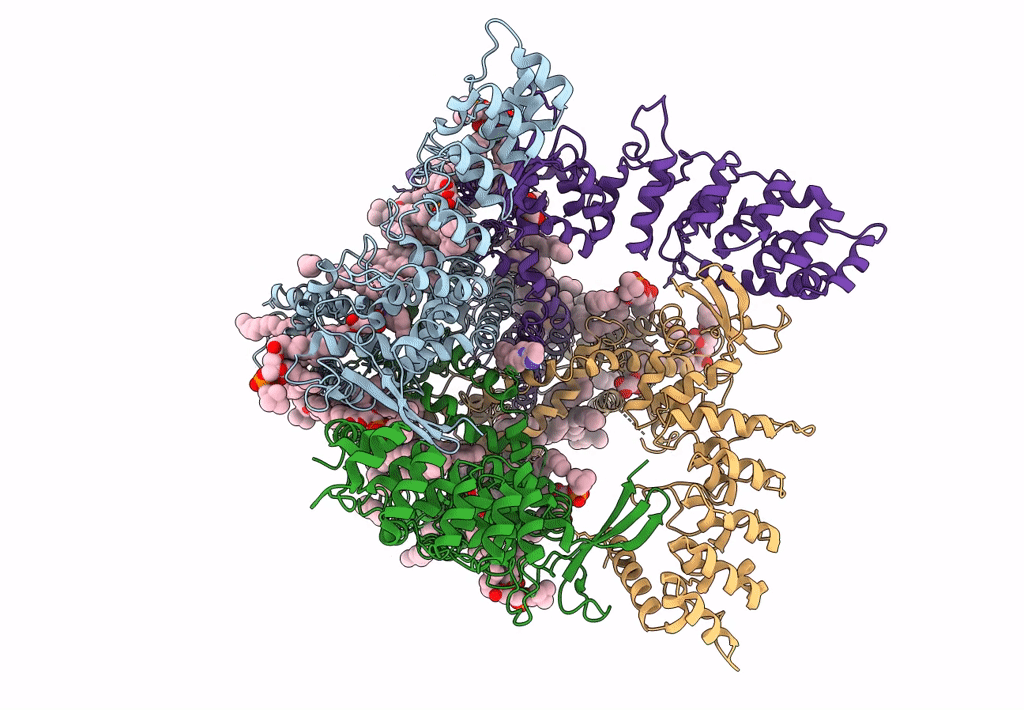
Deposition Date
2020-09-15
Release Date
2020-12-09
Last Version Date
2025-05-21
Entry Detail
PDB ID:
7K4B
Keywords:
Title:
Cryo-EM structure of human TRPV6 in complex with (4- phenylcyclohexyl)piperazine inhibitor cis-22a
Biological Source:
Source Organism:
Homo sapiens (Taxon ID: 9606)
Host Organism:
Method Details:
Experimental Method:
Resolution:
3.10 Å
Aggregation State:
PARTICLE
Reconstruction Method:
SINGLE PARTICLE


